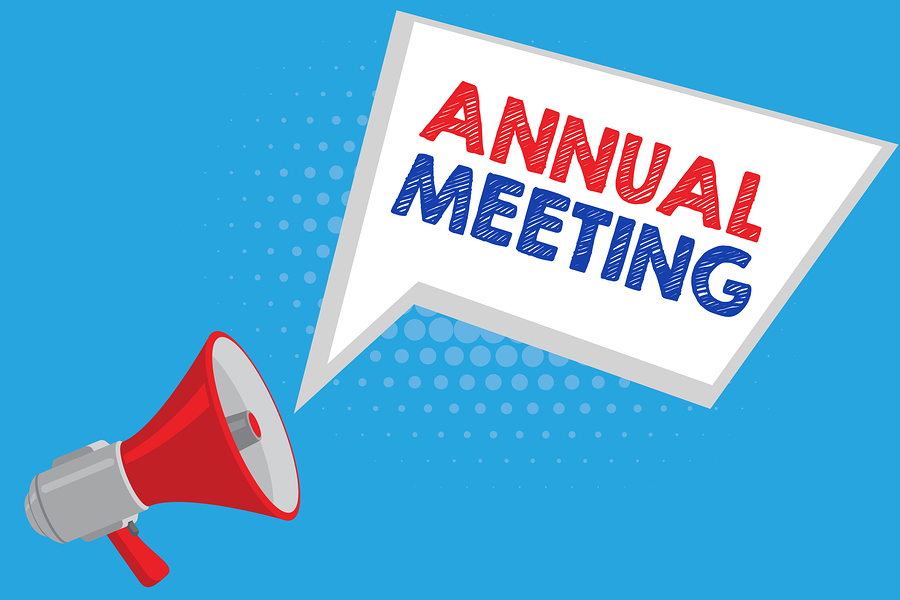
President’s letter to the membership of the Gull Lake Watershed Society
I am pleased to advise that after our annual meeting, our membership is now over 1900, and more joining all the time. Many are asking about the lake level and what’s being done about it, the main objective of this letter is to answer that question.
Update on Restoration of stabilization
We have now held two meetings with the WIOB and AEP regulatory.
Based on the demonstration testing and the Stantec report, WIOB appears satisfied that the proposed filtration is both reliable and workable from their standpoint. They plan to apply for its installation. That application will require AEP approval. WIOB requested guidance from AEPA on the contents of an application and that has now been provided in a letter dated August 16th.
First step:
There is some debate inside AEPA on the benefits of pumping. The debate arises from an in-house model they did in 2010 of the lake which suggested that the pumping wasn’t making much difference. That happened to coincide with the decision by previous AEPA minister Renner to no longer pay for the pumping power cost.
In 2011 The GLWS reviewed the AEPA model in detail and was convinced it was flawed. To demonstrate the benefit of stabilization GLWS hired HCL, the premier hydrological consultants in Alberta, to review the AEP model and they reached a diametrically opposed conclusion – that it had been key to maintaining the lake–the following are quotes from HCLs report (AENV is an older acronym for AEPA):
Based on the HCL report the four municipalities around the lake agreed to take over the power cost to stabilize the lake. We then went through a very wet period and the lake stayed above the trigger level until 2017 when a dangerous invasive species, Prussian carp was found in the Blindman River and consequently, in 2018, AEP put a 5 year moratorium on stabilization.
AEPA would like to see some conclusions on the benefits of stabilization as part of the application and given the controversy, the first step in getting to an application will be another hydrological study which will be paid for by the WIOB. At the meeting just held we established the terms of reference for that hydrological study, and it is anticipated that the province will call for bids to do it and that it will be completed by early 2024.
While the study is underway the other application requirements will be reviewed and developed.
To that end, the GLWS has taken on several responsibilities.
As members are aware our society is advocating for an increase in both the trigger and target levels of the lake but we don’t wish to complicate this application. Therefore, we will look at raising the trigger level but not adjusting the target.
We expect the next meeting will take place in early November when we discuss the selected hydrological consultants to resolve the benefits of stabilization.
As this project appears to be progressing, we suggest that members of our society continue to hold back from putting excessive pressure on politicians, etc. That may tend to delay progress because the staff that are trying to move this ahead, end up answering the letters.
Other news:
Our past president Paul Anderson made an excellent presentation on the Gull Lake stabilization situation at a combined meeting of the Alberta Lake Management Society (ALMS) and the Red Deer River watershed alliance that was held in Sylvan Lake in September. We will post his presentation on the website which is very informative.
The restoration of stabilization is our key objective at present, but we have also embarked on a consultant study led by Lon Kasha to look at pumping into the lake from deep aquifers (Hanes member of the Paskapoo formation) and from one abandoned water flood project.
We have additional volunteers to serve on various aspects that were not at the annual meeting.
One key area is we need a volunteer to lead in the obtaining of charitable status and that may require some legal help. We do see that we likely have a need to fundraise for the filtration and other projects that we have in mind.
Norval Horner
GLWS President

Photography by Jeremy Crawford | APPKITT
The photo was taken on Gull Lake, on September 16, 2023, at 10:30 AM.

GLWS NOTICE OF ANNUAL MEETING To be held at the Meridian Beach Hall – 285 Canal St. (*directions attached)at 10:00